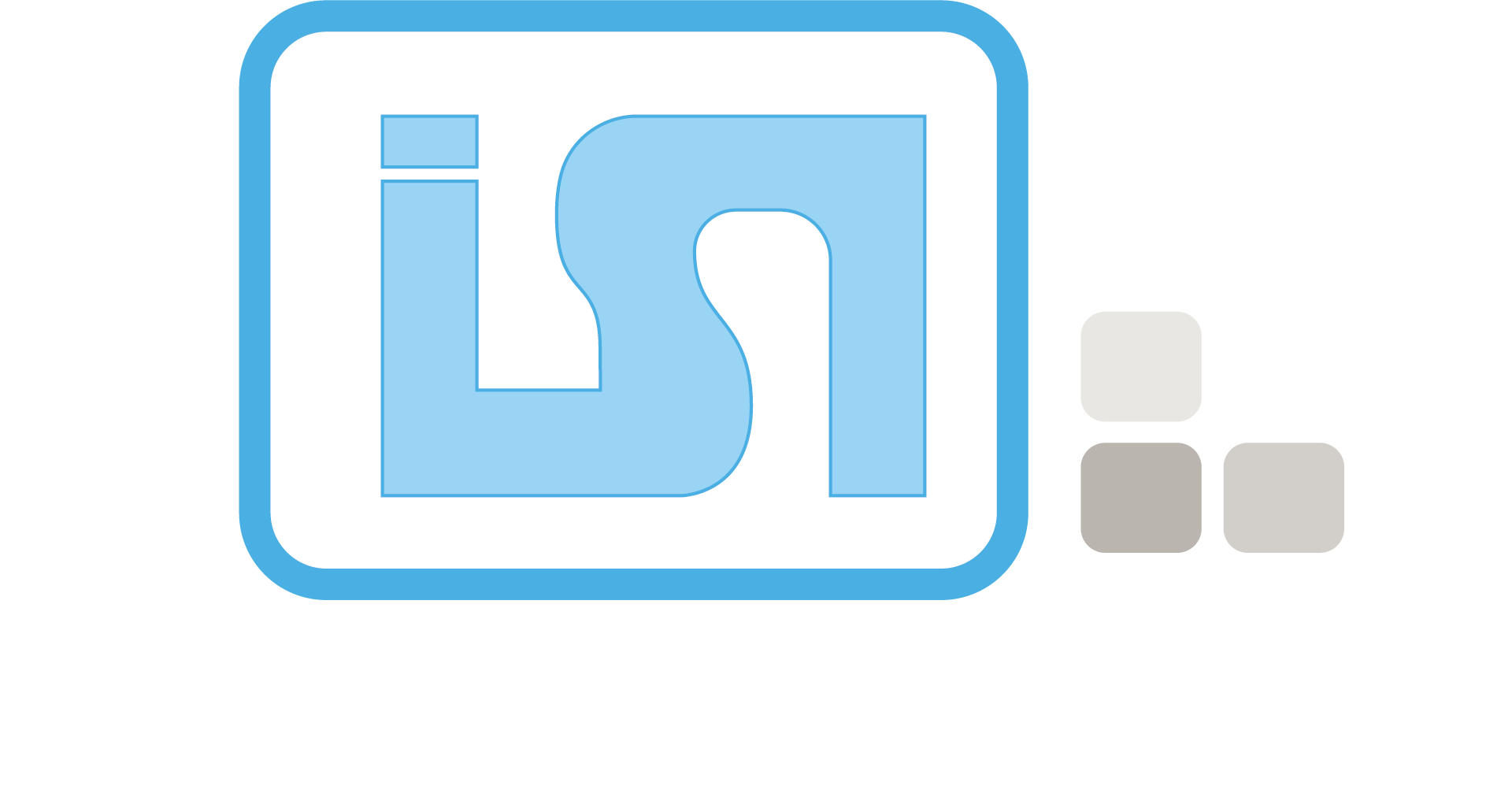Keeping Your LEV Systems Safe and Compliant
At Inspection Services (UK) Ltd, we specialise in the statutory examination and testing of Local Exhaust Ventilation (LEV) systems. These systems are vital for protecting workers from exposure to hazardous substances in the air, such as dust, fumes, vapours, and gases. Our nationwide team of qualified engineer surveyors ensures your LEV systems are compliant, efficient, and safe, wherever you are in the UK, from the North East to the South West.
Understanding LEV Systems and Their Importance
LEV systems are designed to capture and remove airborne contaminants at the source before they can be inhaled. They are commonly used in industries such as woodworking, welding, pharmaceuticals, laboratories, and manufacturing.
Under the Control of Substances Hazardous to Health Regulations 2002 (COSHH), employers are legally required to ensure that LEV systems are:
- Maintained in efficient working order
- Thoroughly examined and tested at least every 14 months
- Documented with clear records of inspection and performance
The official guidance from HSE is HSG258 “Controlling airborne contaminants at work: a guide to local exhaust ventilation (LEV) and provides practical guidance on what the regulators expect of employers who use this equipment.
Types of LEV Systems We Inspect
We inspect a wide range of LEV systems, including:
- Fume cupboards
- Welding fume extractors
- Dust extraction units
- Spray booths
- Laboratory extraction arms
- On-tool extraction systems
This list is not exhaustive; our team can inspect and test your system even if it isn’t specifically mentioned.
Why Regular LEV Inspections Are Essential
Legal
COSHH Regulation 9 mandates regular LEV testing by a competent person. Failure to comply can result in enforcement action, fines, or prosecution.
Financial
Poorly maintained LEV systems can lead to equipment damage, production downtime, and invalidated insurance claims. Poor environmental conditions can lead to illness, reduced productivity, and staff turnover, costing you time and resources in recruitment and training.
Moral
Protecting your workforce from respiratory hazards is a legal requirement under the general duty of care, Workers who do not feel supported, or who become unwell due to poor workplace conditions will not work as productively for you, they may be off sick or may even leave which means you have to spend time and effort in recruiting and reskilling your teams.
Productivity
Prioritising employee health is a fundamental moral responsibility, and an approach that is taken by forward thinking managers. Having equipment that is regularly tested demonstrates a commitment to safety which builds employee trust and encourages employees to adopt safe behaviours themselves.
